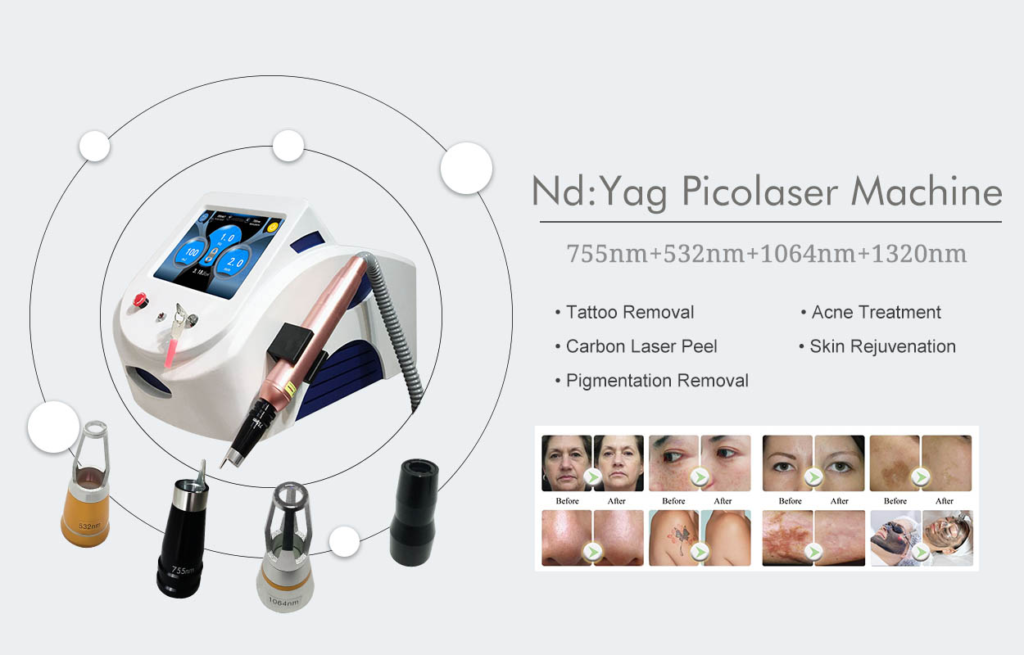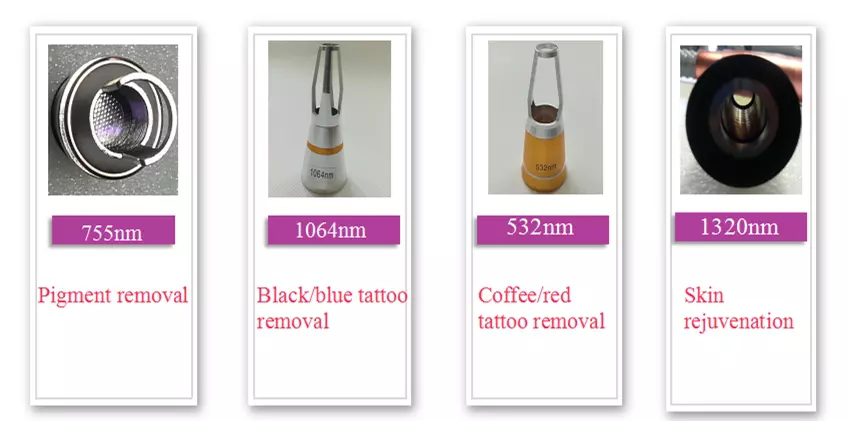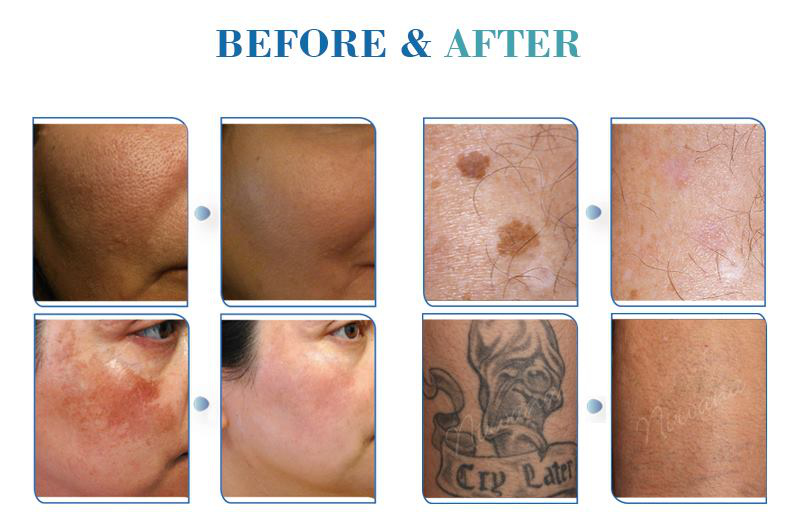05月14 What should you know before your pigment removal treatment

What causes pigmentation
Environmental factors, sunlight, ultraviolet rays, hormonal changes, and some medications all contribute to pigmentation changes. These can range from freckles, sunspots, age spots to melasma and can occur on the face or body at any age. When the body produces either too much or too little melanin, this results in hyperpigmentation or hypopigmentation which appears as a dark or light mark on the surface of the skin.

Different types of pigmentation
Melasma
Melasma is the change on the skin in the form of brown spots in adults. It usually affects both sides of the face, usually the cheeks, nose, forehead and upper lip. Melasma is most common in women and only 10% of the male population. This type of pigmentation often occurs in women who take birth control pills or have an active hormone contraceptive coil. Always strengthen when exposed to sunlight, artificial sources of UV radiation, almost always during the summer months.
Chloasma
In some pregnant women there tends to be excessive creation of melanin formation and skin problems known as chloasma or “mask of pregnancy”, mostly on the face and sometimes on the abdomen. This problem can also be extended to a larger area and worsen by exposure to sunlight.
Stains from the sun (sun damage)
Stains from the sun, age spots are one form of the hyperpigmentation. They usually occur as a result of skin damage by sunlight. Small, dark spots are usually found on the hands or the face, the upper back, but can affect any part of the body exposed to the sun.
Freckles
Freckles are frequent and usually hereditary occurence on the skin. Although they are often considered attractive, some people want to reduce their visibility with various treatments
PIH
PIH or postinflammatory hyperpigmentation is a form of pigmentation, which usually occurs after some type of injury of the skin. It may arise after acne, injuries or other damage to the skin, after preagresivnog treatment or use of inadequate skin care products.
In which area can laser treated?
Laser can treat pigment spots appearing in all parts of the face and body. Women most frequently undergo procedures in the areas of the face, neck, especially decollete, external side of the hands, forearms, and legs. For men: in the areas of the face, neck, arms, and back.
Why is laser treatment effective?

The ray emitted by the laser is well absorbed by the pigment melanin, which is present in pigment spots in high concentration. A huge amount of energy is instantly transferred to a microscopically small skin area. All the energy is absorbed by the pigment spots of the skin within an extremely short period of time which is, however, not enough for surrounding tissues to heat up. Therefore, the laser ray does not disturb the integrity of the skin and does not cause any side effects. The procedure removes pigment spots in an effective and quick manner, and the skin pattern smooth as a result of synthesis of new cells as well as collagen and elastic fibre promoted by the energy emitted by the laser.




No Comments